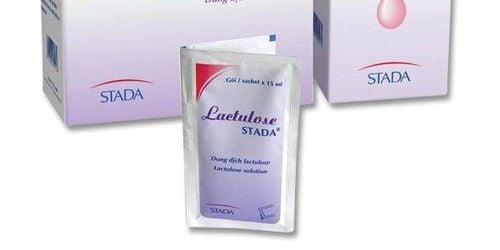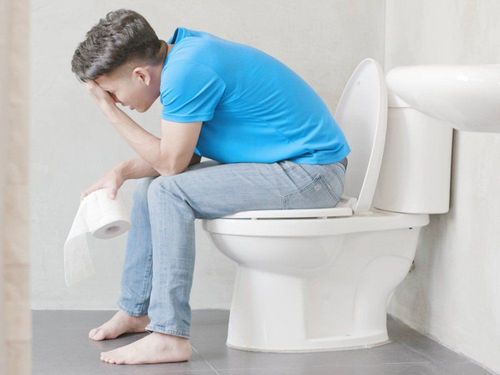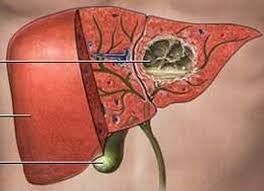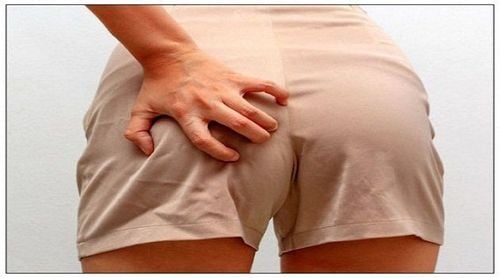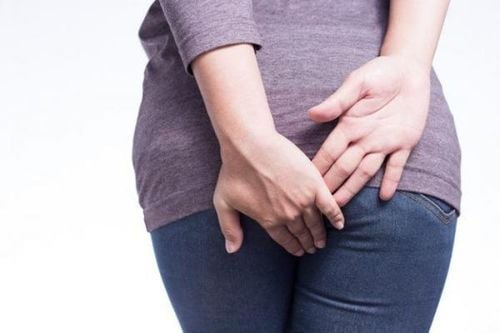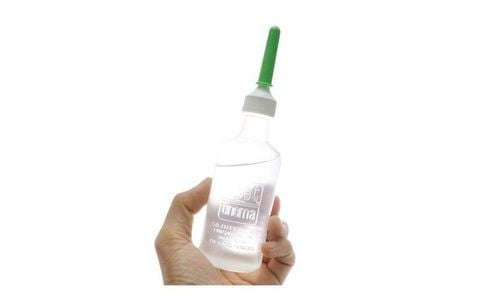This is an automatically translated article.
After surgery in the anorectal area, a possible complication is anal stenosis. In this case, it is necessary to perform anal dilation after surgery to ensure the normal function of the anus - rectum and improve the patient's quality of life.
1. Complications of anal stenosis after anorectal surgery
There are many diseases related to the anal - rectal area. Diseases in this area often require a combination of medical and surgical treatment, performed by many doctors, so the choice of treatment method needs to be appropriate to the disease, stage of the disease, the patient, and prioritizing the method that is available. effective and safe for the patient.
Regarding anorectal surgery, it is necessary to adhere to the principle of preserving the maximum anatomical structure and physiological function of the anal sphincter system to ensure the autonomous function of the anal canal. At the same time, do not create scars that deform the perineal area, the anal-rectal canal causing pain, affecting the function of defecation.
Anus - rectum is a very sensitive area with pain, hot - cold, pressure and can cause many reflexes such as urinary retention, cardiac arrest,... One of the common complications after regional surgery anus - rectum is anal stenosis, especially anal stenosis after hemorrhoid surgery. In this case, it is necessary to preserve the anal mucosa sufficiently, to be well nourished.
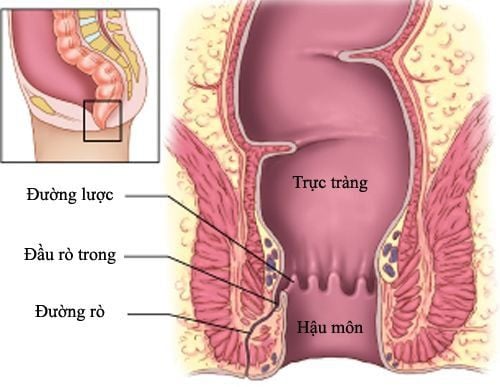
Hậu môn - trực tràng
2. What is anal stenosis?
Anal stenosis is a condition in which the anus does not fully open to allow easy expulsion of stool. Anal stenosis is caused by many causes, the most common of which are complications after surgery in the anus - rectum, especially hemorrhoid surgery. Specifically:
There are about 5-10% of hemorrhoidectomy cases with complications of anal stenosis with different degrees. Besides, applying leaves to the anus to remove hemorrhoids can also cause anal narrowing scars; Anal stenosis after colorectal-anal resection, especially in cases with complications of anastomosis; Anal stenosis after ablation or local resection of anal-rectal tumors. In terms of symptoms, some patients are completely asymptomatic while others are frequently constipated. Before defecation, the patient had abdominal cramps, when defecating, had to push a lot, and had pain in the anal area. Others have symptoms of bleeding during defecation, flat and small stools. Patients with anal stricture often have to use enema in gradually increasing doses or enema to facilitate defecation. Other symptoms include bleeding, anal fissures, pain, discharge (if the mucosa is prolapsed) making the anal area always wet,...
With cases of anal stenosis, the treatment attitude and method of treatment depend on the location of the stenosis and the extent of the lesion. Usually, patients are advised to change their lifestyle: eating according to a laxative regimen, taking drugs to increase stool volume, injecting oil into the rectum, enema, etc. In addition, the patient also can dilate the anus to normal bowel movements, restore the function of the anus.
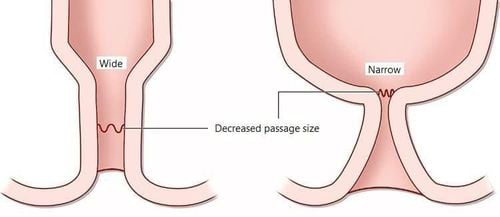
Tình trạng hẹp hậu môn
3. How to dilate the anus after surgery
There are 2 ways to dilate the anus after surgery:
Manual anal dilation: Usually indicated for low anal stenosis cases. This is a form of sphincterotomy but the site of the cut is not proactive and the results are quite erratic, or narrow; Instrumental anal dilation: Indicated for high anal stenosis. The procedure of anal dilation is often used mainly for cases of anal stenosis after surgical hemorrhoid treatment, especially cases of ring hemorrhoids. How to dilate the anus after hemorrhoid surgery: using a rubber dilator, a Hegar metal dilator or a laparoscope, which must be dilated for a long time, lasting many months. During anal dilation, gradually increase the size of the dilator from small to large so that the narrowing area can slowly expand.

Nong hậu môn bằng tay
Each age will need an appropriate dilatation size and mode. Specifically:
Time of anal dilatation: 7-14 days after surgery; Spawn size: 1 - 3 months: No. 12 seedling; 4 - 8 months: Seedling No. 13; 9 - 12 months: Seedling No. 14; 1 - 3 years old: No. 15 sapling; 4 - 12 years old: No. 16 sapling; Over 12 years old: No. 17. Once the size is reached, it is necessary to continue expanding for 1 week (2 times / day) until the dilatation is easy, the patient is pain free.
Frequency of dilatation: January: 1 time 1 day; February: 2 days 1 time; March: 3 days 1 time; April: 1 week dilatation 2 times; May: 1 time a week; June: 1 month dilation 1 time, maintain 3 months; Depth when dilating: 4-5cm; Duration: 6 - 12 months.
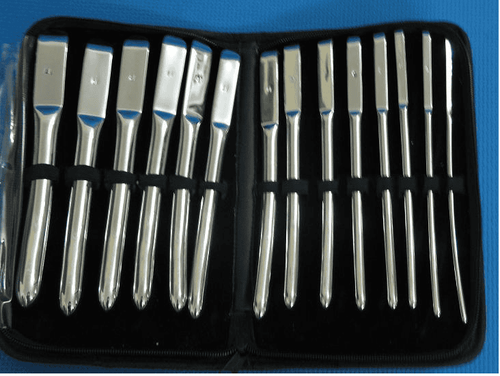
Dụng cụ nong hậu môn
In addition to anal dilation after surgery with strictures according to the instructions, patients should actively adjust their diet and lifestyle to limit constipation such as: drink a lot of water, eat a lot of fruits and vegetables Green, limit sitting for a long time, exercise regularly, actively defecate 1-2 times/day, limit eating hot spicy foods, fruits or drinks with bitter, acrid taste... At the same time, patients should be re-examined on time so that the doctor can monitor and evaluate the effectiveness after the dilation process and make the most appropriate adjustments.
For detailed advice on this method, please come directly to Vinmec medical system or book online HERE.
Recommended video:
Periodic health check at Vinmec: Protect yourself before it's too late!
MORE:
Anal stenosis in children: Causes, symptoms, diagnosis and treatment How to treat anal fistula? Anal fissure after giving birth: The suffering of mothers




